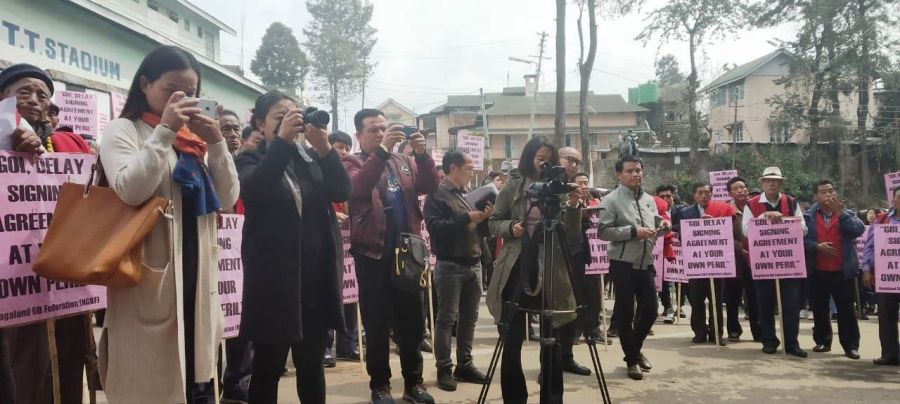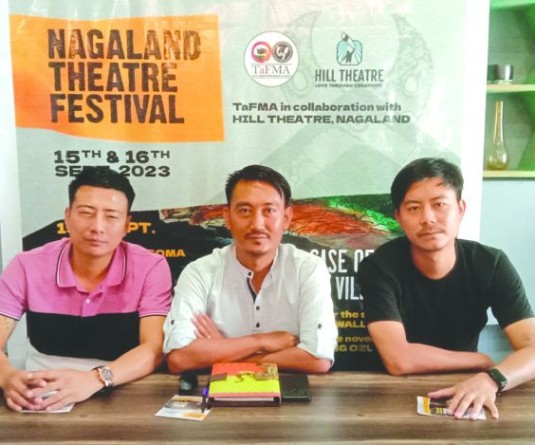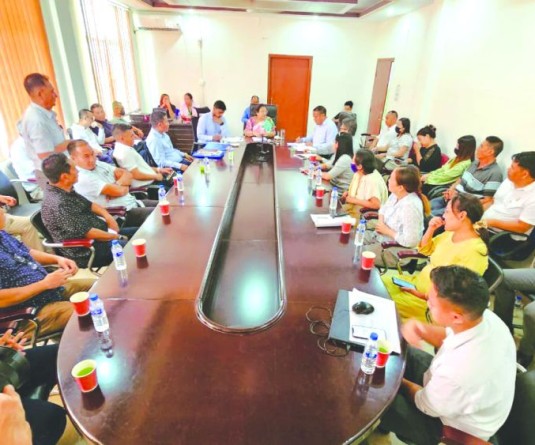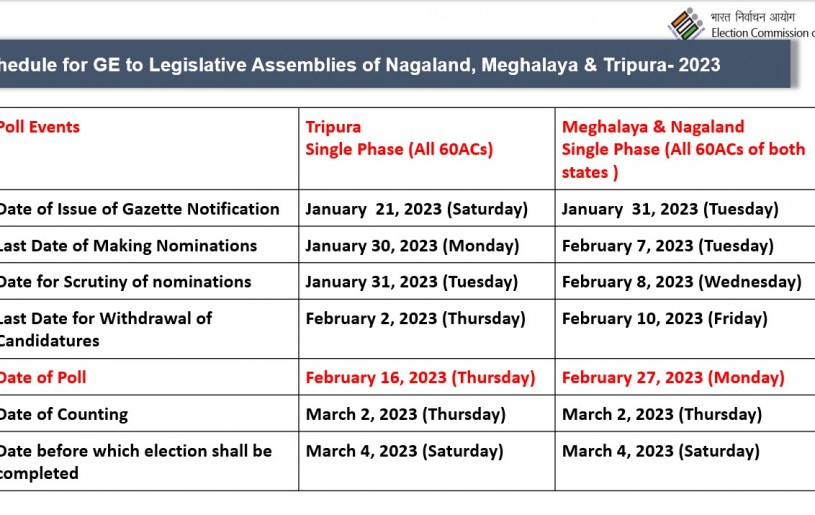1

From haphazard information flow, unavailable officials and fake news on social media, journalists in Nagaland are facing several challenges to cover the COVID-19 pandemic.
Govt agencies need to understand the crucial role of media in crisis situations
Atono Tsükrü Kense
Kohima | April 1
The media is referred to as the fourth pillar of democracy for its role as a ‘watchdog’. However, journalists in the state are working with numerous challenges as most people are yet to understand the role and importance of the media in a progressive society.
While social media is overshadowing print media due to the former’s immediacy in transmission of news, it is also subject to unauthenticated ‘fake news.’ In times such as this, the role of journalists is becoming more challenging and daunting towards delivering credible, verified and factual information.
For any progressive society, the role of the media cannot be undermined under any given circumstances. More so, at this point of time, when the whole world is gripped with a pandemic and the same is staring at us too.
At this critical juncture, where the state is in a lockdown and people are gripped with fear, anxiety and apprehensions looking upto to the media for vital and credible information, it is crucial for the government and its agencies to cohesively work with the media to relay vital information to the people. Unfortunately, journalists in the state have been facing numerous hurdles especially in obtaining updates on a daily basis. There are cases where departments are unresponsive to calls and messages from journalists are left unanswered.
In a letter to the Chief Secretaries of all the States, the Ministry of Information and Broadcasting, Government of India stated: “at this juncture, robust and essential information dissemination networks of various media networks are of utmost importance” in order to keep the nation updated of the latest status and also create awareness among people.
Sharing their experiences, here are what some of journalists from Nagaland have to say:
Importance of verified news
Henly Phom Odoyo, a journalist from Dimapur said there were no updates in the whatsapp group created by the health officials for the purpose of sharing information related to COVID-19.
“It was getting difficult for us to get the news verified especially with fake news doing rounds. Our calls were unattended as the officials were always at a meeting” she said. While understanding the pressure the department officials are working under, giving extra hours and days, she viewed that they should also understand that people need to be well informed.
Stating matter-of-fact that traditional media cannot afford to publish unconfirmed, unverified information when social media is filled with fake news, she pointed out: “In times such as this pandemic, the state and the media should complement each other for fair information.”
Haphazard information flow
Another journalist, Imkong Walling from Dimapur commented that relaying of information from the government has been disorganized and haphazard.
He further expressed disappointment that many police personnel patrolling the streets are ‘either ignorant or rather feigned ignorance’ of the relaxation for the media during this lockdown.
A major challenge for journalists is access to information and timely information, said Vibi Yhokha, a journalist from Kohima. She observed that the stories, knowledge and information that the public deserves to know are often hidden and “at the present juncture disguised in the façade of emergency preparation.”
A dedicated liaison officer required
A senior journalist from Kohima, Narain B Sagar observed that ‘non-cooperation’ from the department, is the most challenging task facing the journalists in reaching the readers with factual report.
He said that the department feels the media’s approach for information as ‘disturbing them.” To this, Sagar said, the department should have the ‘realisation’ that media persons are with them to disseminate the actual status and keep the people informed and create better awareness.
Exasperated with the information leaking to social media even before it reaches the media houses, he was of the view that it is their staff at times, leaking the confidential information in social media, which has become a major challenge for journalists.
He suggested that the government and its agencies engage at least a ‘liaison officer or a PRO’ to deal with the media fraternity for better coordination between the concerned department and reporters, which he feels will help in spreading better understanding and awareness even at ground zero.
‘We share the same goal’
At this juncture, it would be appropriate to look into what the Center for Disease Control and Prevention (CDC) has specified with reference to the media’s role in a crisis, disaster or emergency, wherein it stated: “one of your most important communication partners during an emergency is the media…the media serves as an emergency broadcast system to get vital information to the people who need it most.”
It also suggested some ways to make the most out of government’s relationship with the media to effectively communicate in an emergency: “establish relationships with your local media agencies before a disaster to provide all media outlets with the same information at the same time and attempt to give reporters a reasonable timeframe to expect new information updates.”
“Understand journalism deadlines and work to accommodate them. During crisis, it is important to be available- if necessary, around the clock to help reporters get the facts right before their deadline,” it further advised
Don’t be nervous to work with the media, the CDC says.
“As communicators, you and the media share the same goal – getting reliable, updated information out first and reaching the lost people. Like you, reporters have a job to do and have deadlines to meet.”






